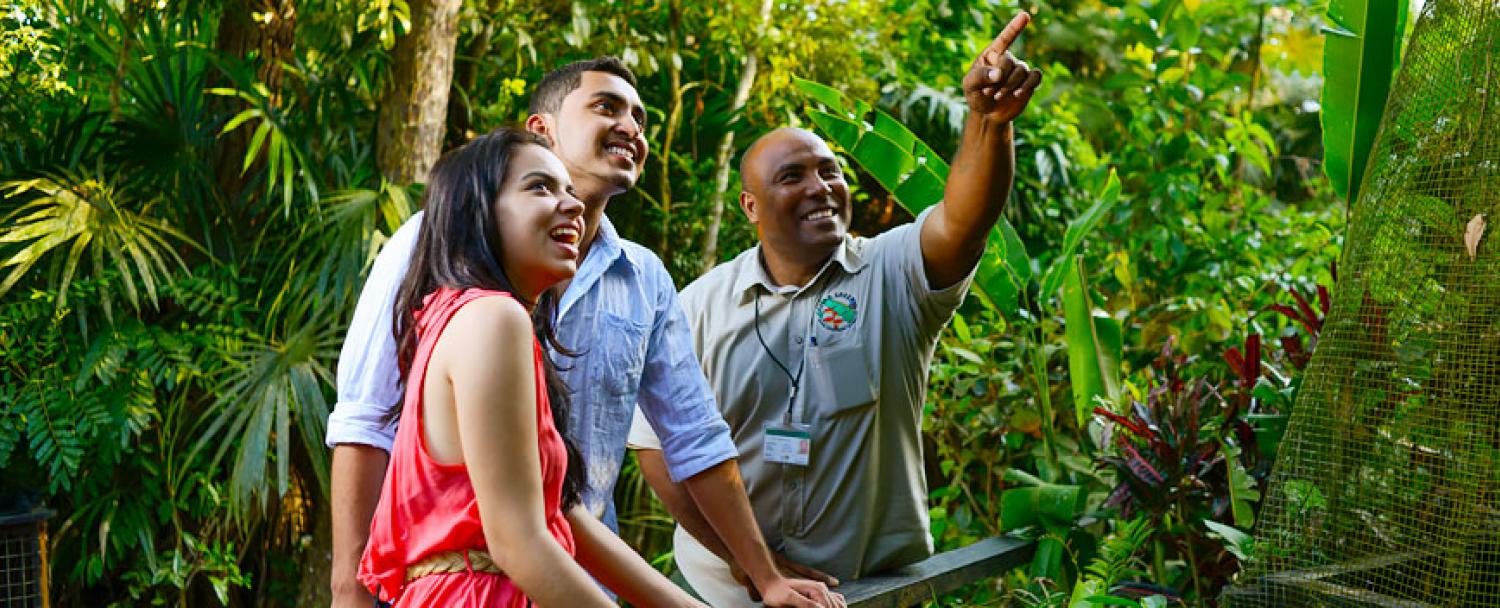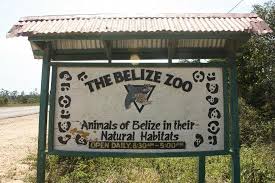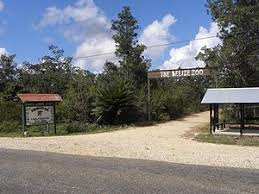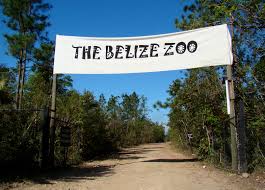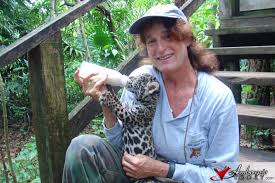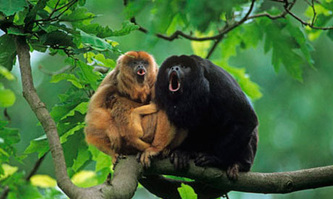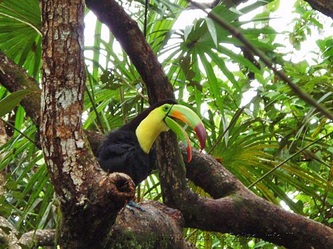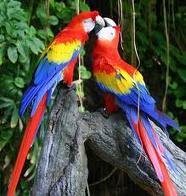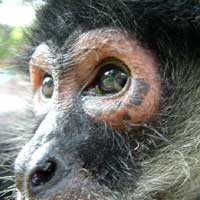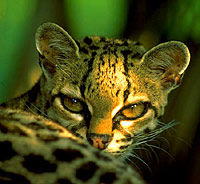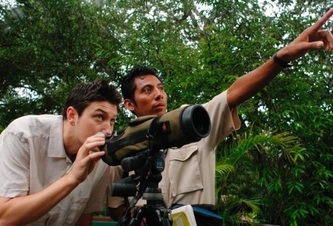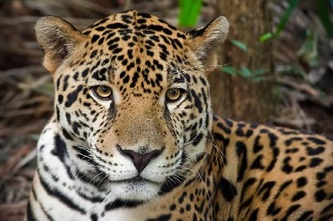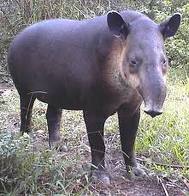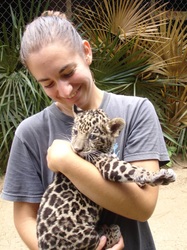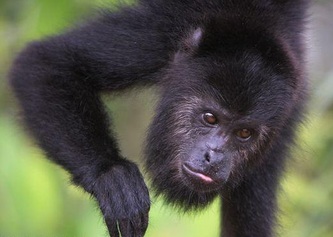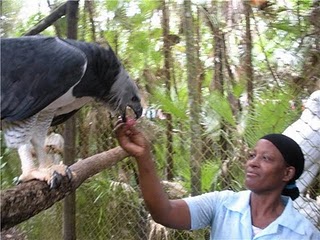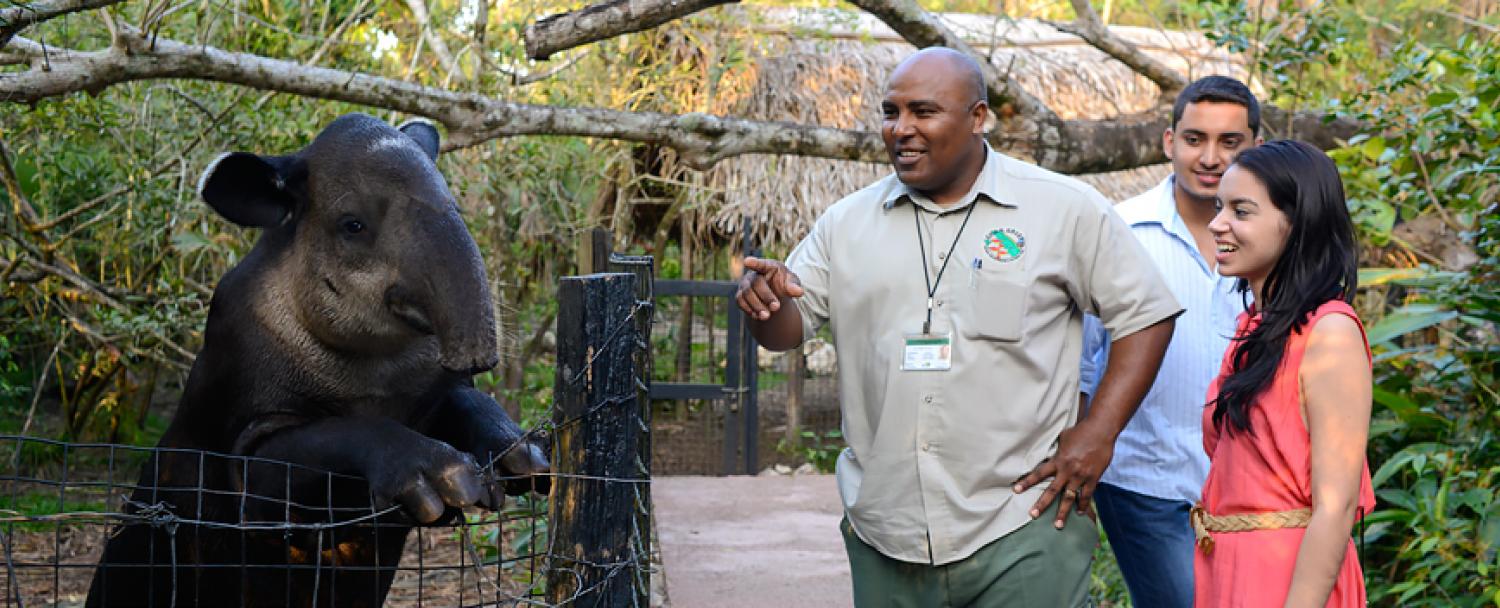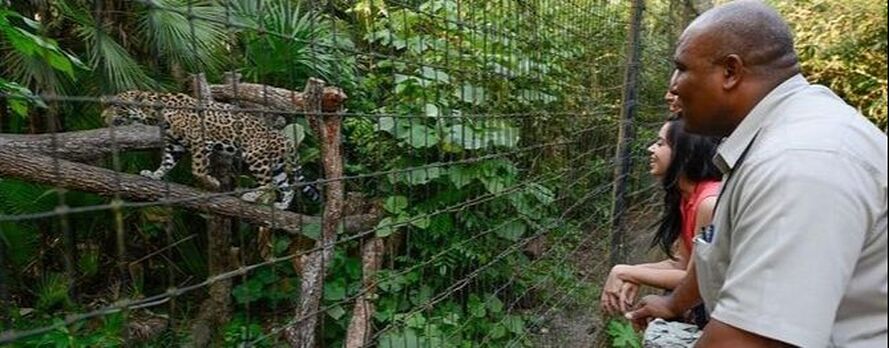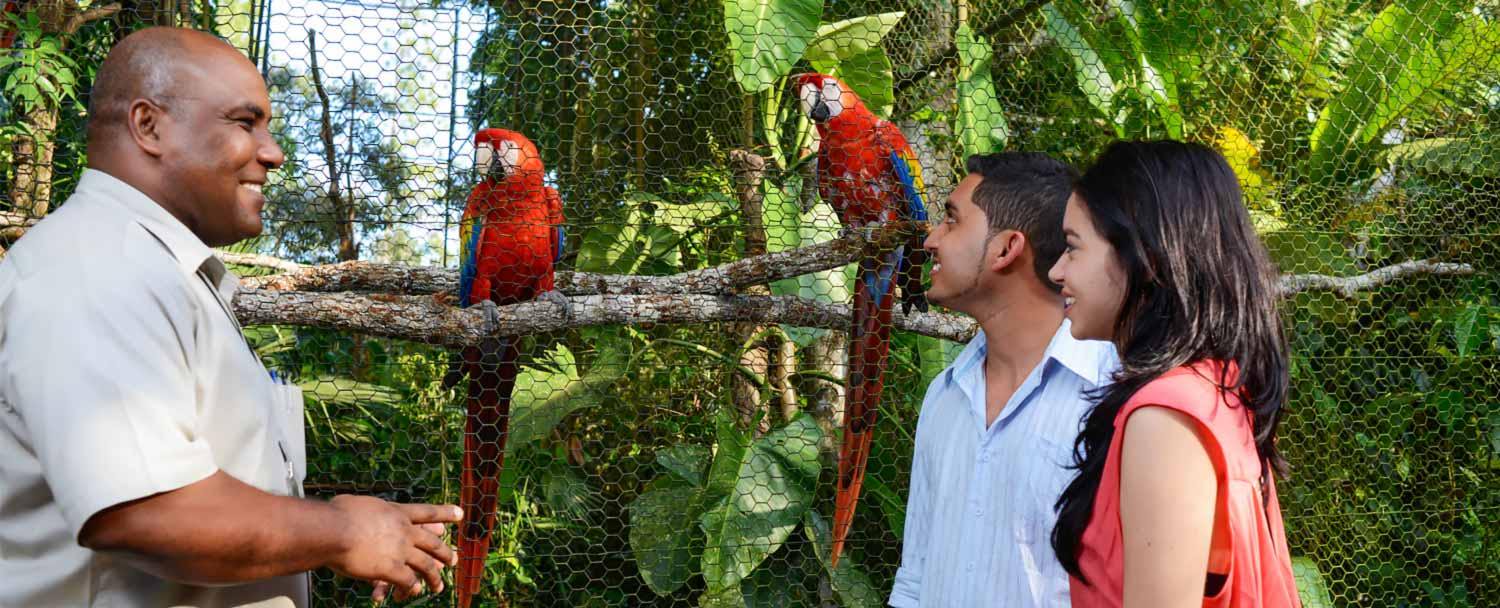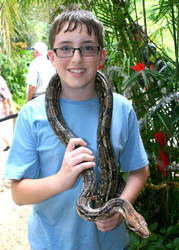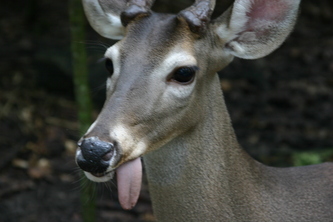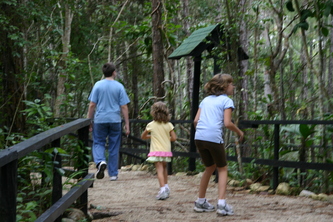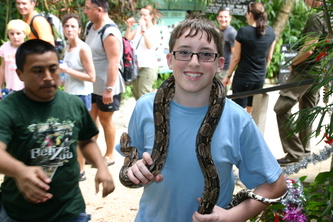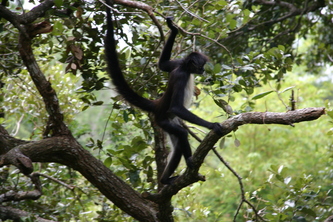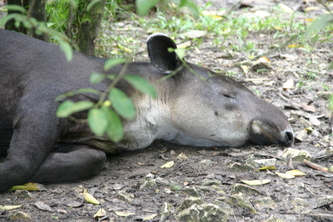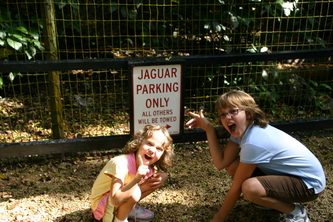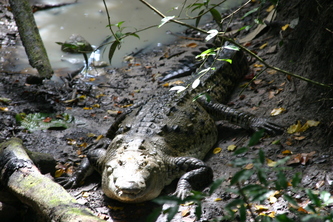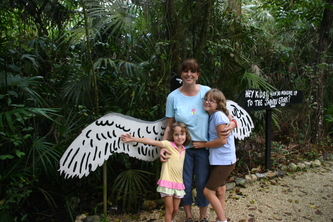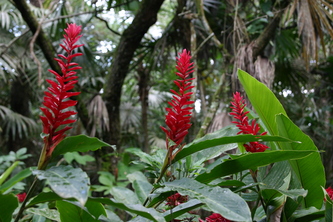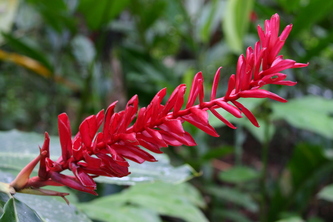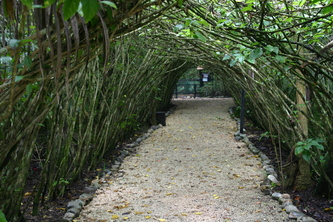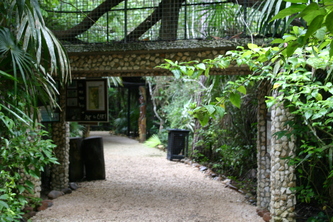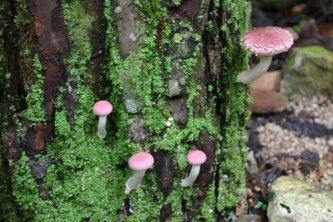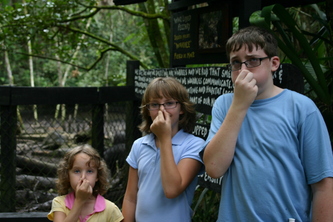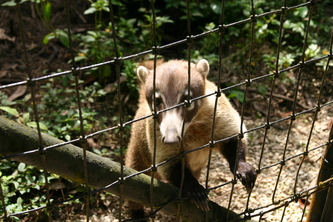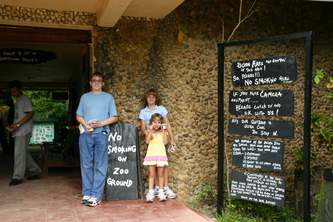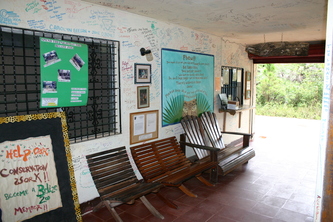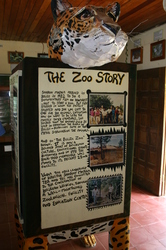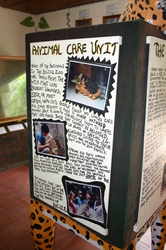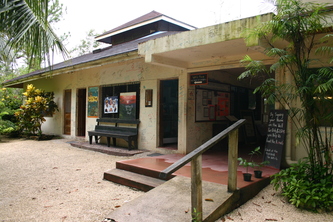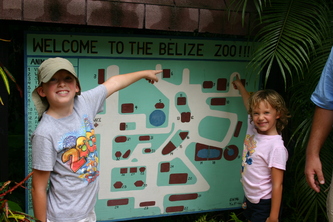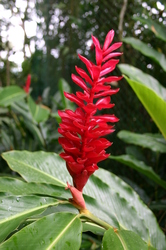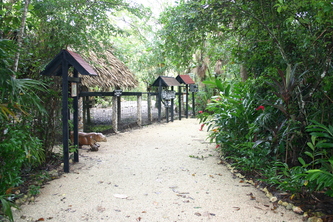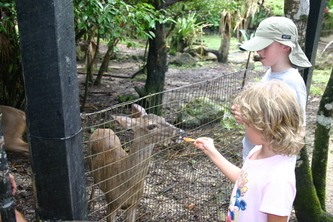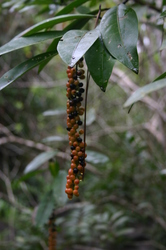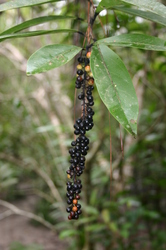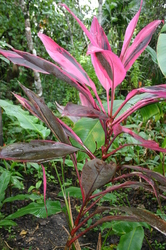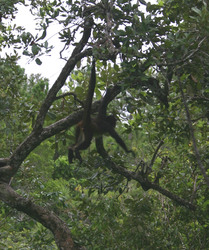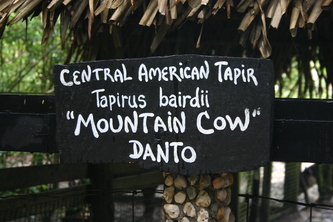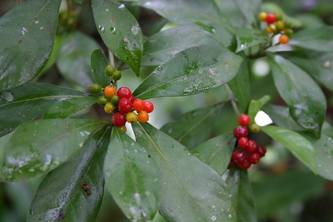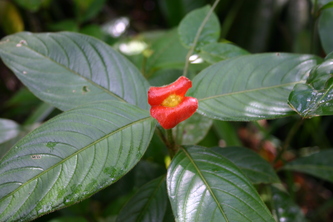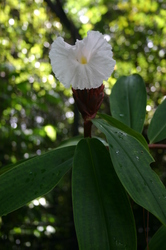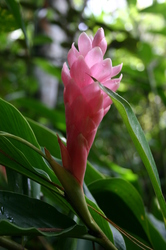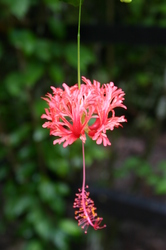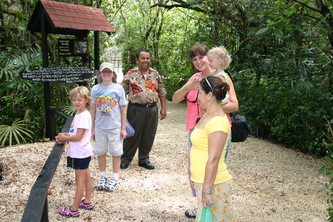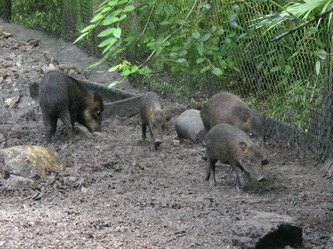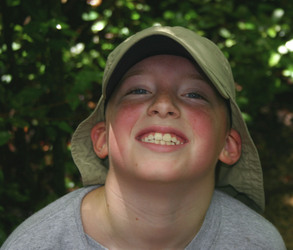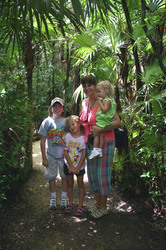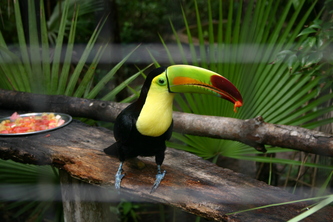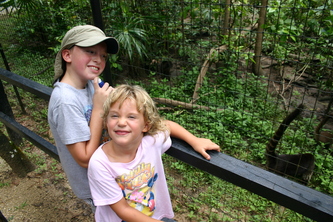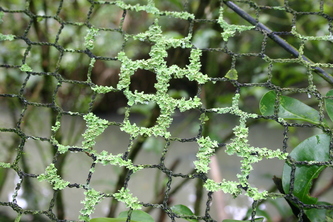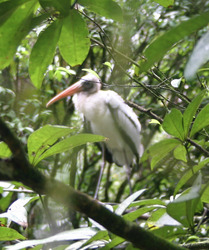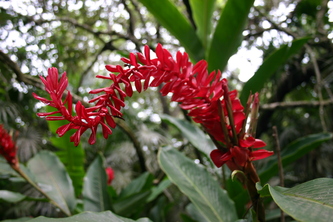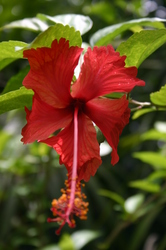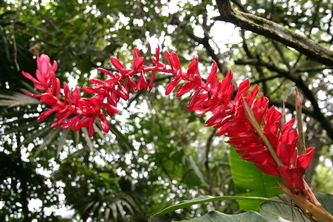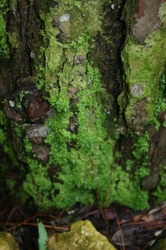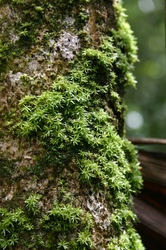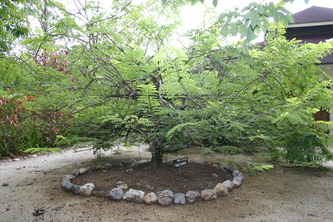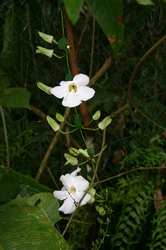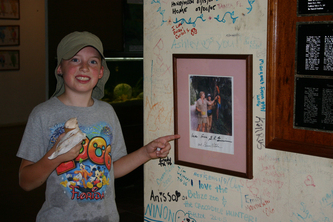BELIZE ZOO
The Best "Little Zoo" in the World!
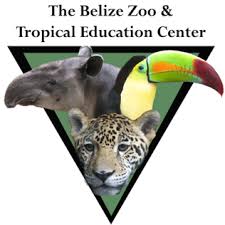
The Belize Zoo and Tropical Education Center was started in 1983, as a last ditch effort to provide a home for a collection of wild animals which had been used in making documentary films about tropical forests. Shortly after the backyard "zoo"began, it was quickly realized that its Belizean visitors were unfamiliar with the different species of wildlife which shared their country. This very aspect formented the commitment to develop the little zoo into a dynamic wildlife education center.
Today, the Belize Zoo and Tropical Education Center is settled upon 29 acres of tropical savanna and exhibits over 125 animals all native to Belize. The zoo keeps animals which were orphaned, born at the zoo, rehabilitated animals, or sent to The Belize Zoo as gifts from other zoological institutions.
A visit to the zoo is the best way to get an introduction to the animals of Belize, and to understand why it is important to protect the habitats that sustain them. We hope this website will be the the next best thing to visiting us in person. The Belize Zoo and Tropical Education Center believes that by bringing the people of Belize closer to the animals which are their natural heritage, they will feel proud of these special resources, and want to protect them for future generations.
The Belize Zoo and Tropical Education Center receives over 15,000 school children every year as part of the progressive education programs, and popular zoo events include: April the Tapir's birthday party; summer camps; Science Fair; Teacher Training; and Student Career Training.
Today, the Belize Zoo and Tropical Education Center is settled upon 29 acres of tropical savanna and exhibits over 125 animals all native to Belize. The zoo keeps animals which were orphaned, born at the zoo, rehabilitated animals, or sent to The Belize Zoo as gifts from other zoological institutions.
A visit to the zoo is the best way to get an introduction to the animals of Belize, and to understand why it is important to protect the habitats that sustain them. We hope this website will be the the next best thing to visiting us in person. The Belize Zoo and Tropical Education Center believes that by bringing the people of Belize closer to the animals which are their natural heritage, they will feel proud of these special resources, and want to protect them for future generations.
The Belize Zoo and Tropical Education Center receives over 15,000 school children every year as part of the progressive education programs, and popular zoo events include: April the Tapir's birthday party; summer camps; Science Fair; Teacher Training; and Student Career Training.
Why Should You Visit The Belize Zoo? - First, if you're a fan of the humane treatment of animals, you will be impressed by the way this little zoo is run. It's not fancy and it's not huge, but this zoo has a different vibe than any zoos you've seen in the past. The aforementioned visits from jungle animals who linger nearby to commune with the zoo's inhabitants makes this one unique facility. From quiet, spellbinding species to loud mouthed black howler monkeys who aren't shy about chatting up their relatives on the periphery of the zoo, the variety of animals you'll see is impressive. For the best of all experiences, take the Belize Zoo's night tour to see nocturnal residents awake and alert.
|
What is the best time to go to the Belize Zoo?
Any time you like! The zoo is open daily from 8:30 a.m. to 5:00 p.m. Zoo residents don't take vacations nor do they mind bad weather. What is the best way to experience the Belize Zoo? Prepare to see 170+ animals when you visit. Some will be napping. Others preening, jumping around or staring back at you. The zoo is wheelchair accessible, the first natural destination in the nation to have made this improvement - so there are no barriers. Expect to see animals from bio-diverse environments, including jungles, rivers, wetlands, rain forests and the sea. Take extra time to read stories written about each resident. |
Where is the Belize Zoo located?
The zoo compound is situated on 29-acres of savanna, but all of the action happens at the zoo's epicenter, located just miles from Belize City. What is the best way to get to the Belize Zoo? Take the George Price Highway from Belize City if you're driving, but your best bet is booking a tour through a tour operator. They can handle all details including transportation and guide you through the zoo, making your visit both enjoyable and relaxing. |
MAMMALS OF BELIZE
Belize has approximately 145 mammal species living within its boundaries. Mammals exist within all different habitats of Belize, from the manatee and dolphins of the coastal zone, to the 5 different species of wildcat which live deep within the rain forests of the Maya Mountains.
The rain forest mammals of Belize, tend to be very secretive and mostly nocturnal. This makes them extremely difficult to see. They usually see, hear, smell or feel you long before you them. Rain forest mammals do not stand out in the open for easy viewing, but instead climb through the canopy or scurry over the forest floor well ahead of you. That is one reason the Belize Zoo is such a special place. Here you can see many of the rain forest species of Belize easily.
A visit to the zoo is the best way to get an introduction to the animals of Belize, and to understand why it is important to protect the habitats that sustain them.
Belize has approximately 145 mammal species living within its boundaries. Mammals exist within all different habitats of Belize, from the manatee and dolphins of the coastal zone, to the 5 different species of wildcat which live deep within the rain forests of the Maya Mountains.
The rain forest mammals of Belize, tend to be very secretive and mostly nocturnal. This makes them extremely difficult to see. They usually see, hear, smell or feel you long before you them. Rain forest mammals do not stand out in the open for easy viewing, but instead climb through the canopy or scurry over the forest floor well ahead of you. That is one reason the Belize Zoo is such a special place. Here you can see many of the rain forest species of Belize easily.
A visit to the zoo is the best way to get an introduction to the animals of Belize, and to understand why it is important to protect the habitats that sustain them.
REPTILES OF BELIZE
The total number of reptiles and amphibians in Belize is unknown. New species for the country appear at regular intervals. To date, 139 species have been identified. The reason the total number of species is so tentative, is because of the habitats that reptiles and amphibians are found.
Amphibians have smooth, thin skin and require water to keep their bodies moist. They can be found under rocks, alongside streams, in swamps and marshes - places which are not the most comfortable for humans. Reptiles, with their scaly skin, are not restricted to wet habitats. Snakes and lizards can be found in any habitat, from the soil and leaf litter of the forest floor, to the upper canopy of the rainforest, to the mangrove forests of the coastline and Cayes of Belize.
The Belize Zoo supports a small display of the more common snakes of Belize including the most dangerous of Belizean snakes, the Fer-de-lance. The Zoo also makes frequent use of the harmless Boa Constrictor in its many environmental educational programs. Humans tend to have an irrational fear of snakes, while in reality, poisonous snakes are not frequently sighted. They tend to be secretive and nocturnal. The Belize Zoo education programs tend to focus on the positive aspects of snakes - they help to keep the population of far more prolific creatures which are harmful to humans, the rats, mice and insects of the tropics.
The total number of reptiles and amphibians in Belize is unknown. New species for the country appear at regular intervals. To date, 139 species have been identified. The reason the total number of species is so tentative, is because of the habitats that reptiles and amphibians are found.
Amphibians have smooth, thin skin and require water to keep their bodies moist. They can be found under rocks, alongside streams, in swamps and marshes - places which are not the most comfortable for humans. Reptiles, with their scaly skin, are not restricted to wet habitats. Snakes and lizards can be found in any habitat, from the soil and leaf litter of the forest floor, to the upper canopy of the rainforest, to the mangrove forests of the coastline and Cayes of Belize.
The Belize Zoo supports a small display of the more common snakes of Belize including the most dangerous of Belizean snakes, the Fer-de-lance. The Zoo also makes frequent use of the harmless Boa Constrictor in its many environmental educational programs. Humans tend to have an irrational fear of snakes, while in reality, poisonous snakes are not frequently sighted. They tend to be secretive and nocturnal. The Belize Zoo education programs tend to focus on the positive aspects of snakes - they help to keep the population of far more prolific creatures which are harmful to humans, the rats, mice and insects of the tropics.
BIRDS OF BELIZE
By one recent account, Belize supports 543 species of birds. Birds thrive in all of Belize's habitats. Wading birds congregate along the coastline and inner lagoons. The grasslands and savannas provide seeds for the many finches, and nesting trees for the giant Jabiru Stork. An in the tropical forests, there is an astonishing diversity of bird species.
Watching birds in the tropical forests of Belize can tend to be very frustrating at times, and extremely rewarding at others. The thick vegetation of tropical forests, and the typical behavior of quick, seemingly random movements of many forest birds, make them often difficult to see. Many birds also live in the upper canopy of the forest, making it a strain to be constantly looking upward. But early morning and late afternoon are excellent times to bird watch, as most bird species are feeding or moving to new locations.
The Belize Zoo has always had a strong collection of bird species, from parrots and macaws, to vultures and hawks, to wading birds, including the endangered Jabiru Stork. But besides the caged birds, the habitat round the zoo supports a variety of "free" birds thriving withing the savanna habitat.
By one recent account, Belize supports 543 species of birds. Birds thrive in all of Belize's habitats. Wading birds congregate along the coastline and inner lagoons. The grasslands and savannas provide seeds for the many finches, and nesting trees for the giant Jabiru Stork. An in the tropical forests, there is an astonishing diversity of bird species.
Watching birds in the tropical forests of Belize can tend to be very frustrating at times, and extremely rewarding at others. The thick vegetation of tropical forests, and the typical behavior of quick, seemingly random movements of many forest birds, make them often difficult to see. Many birds also live in the upper canopy of the forest, making it a strain to be constantly looking upward. But early morning and late afternoon are excellent times to bird watch, as most bird species are feeding or moving to new locations.
The Belize Zoo has always had a strong collection of bird species, from parrots and macaws, to vultures and hawks, to wading birds, including the endangered Jabiru Stork. But besides the caged birds, the habitat round the zoo supports a variety of "free" birds thriving withing the savanna habitat.
BELIZE ZOO VIDEOS
|
|
|
